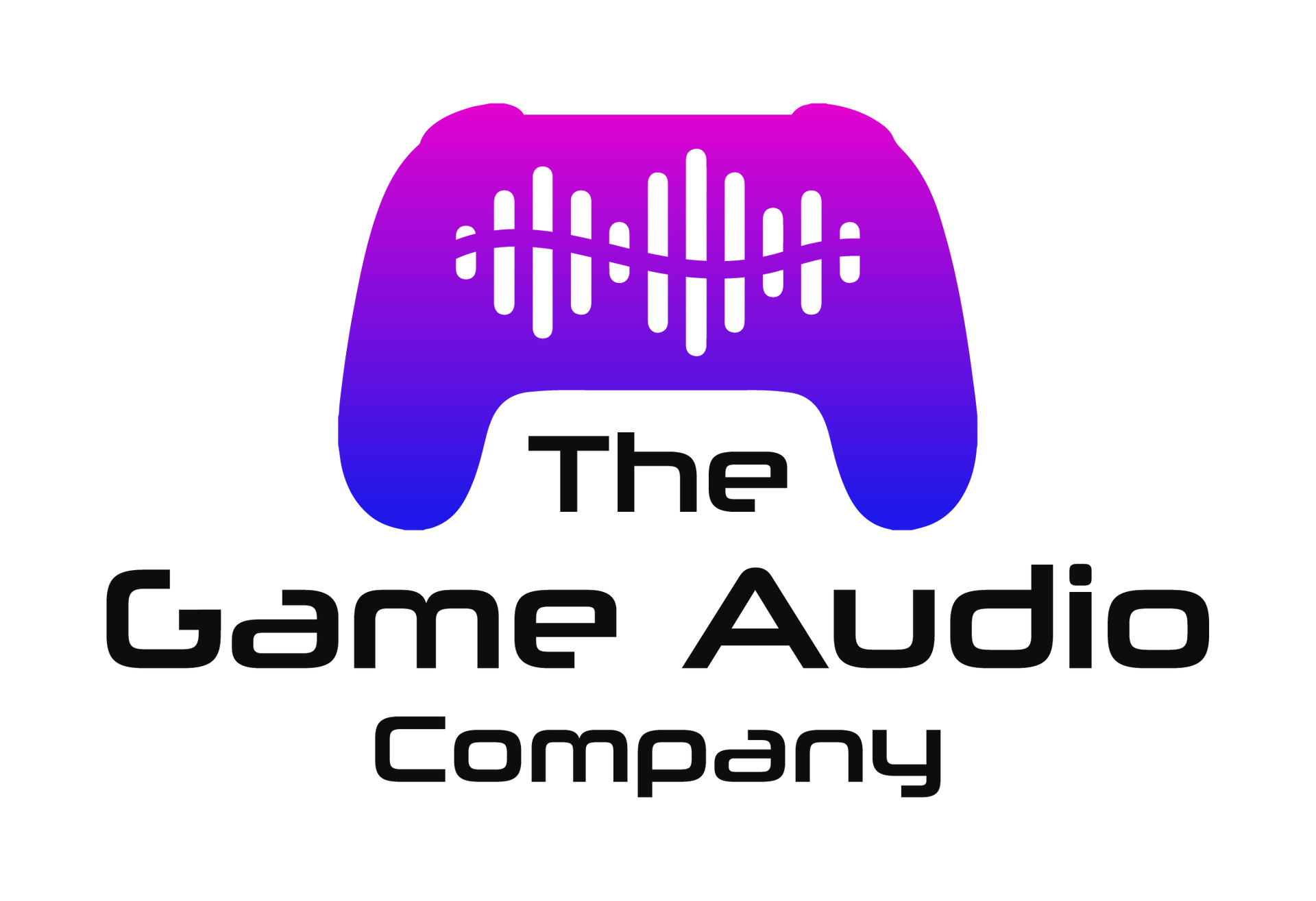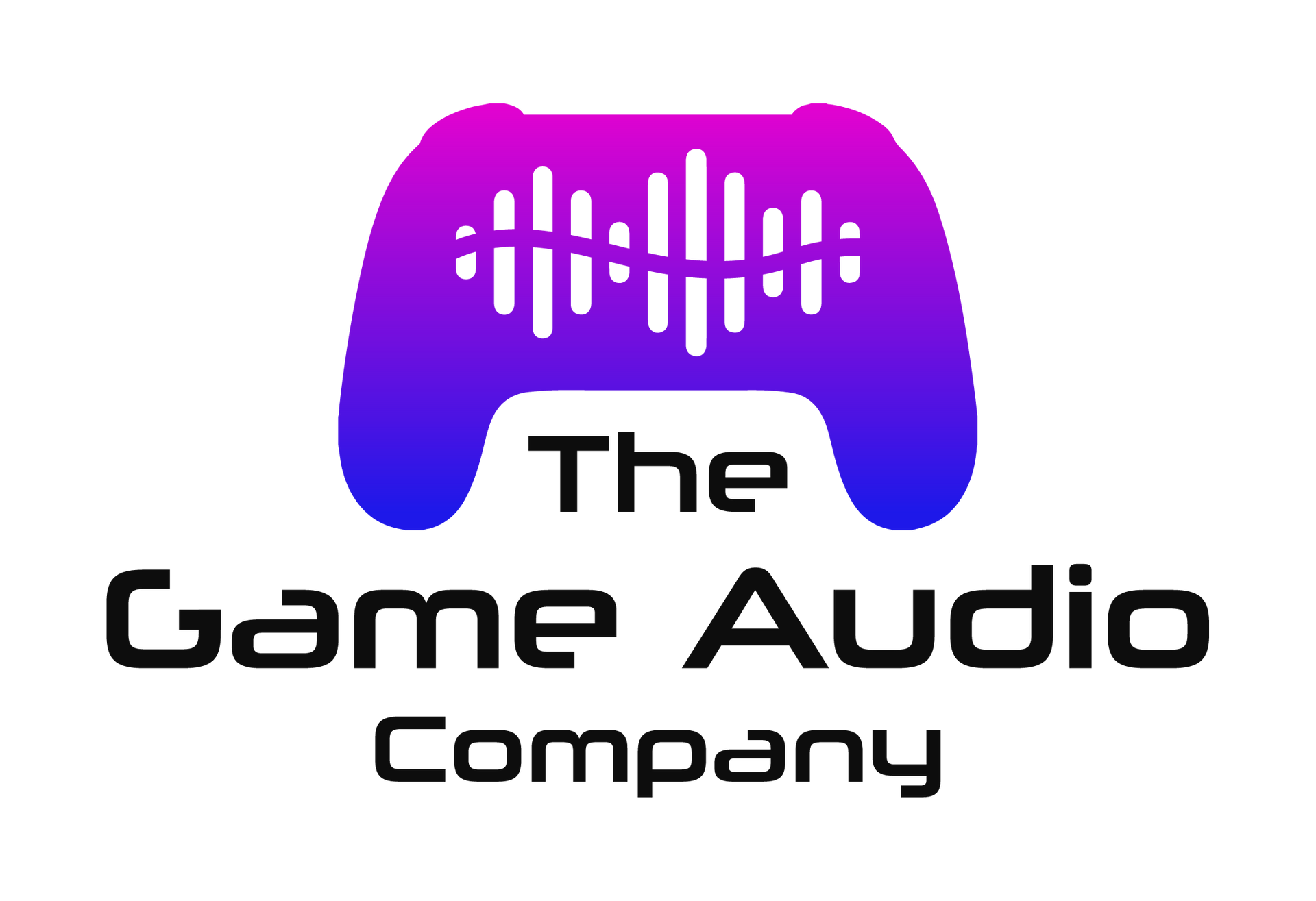Game Audio Blog
5 Audio Pitfalls Every Game Developer Should Know
Game audio plays a critical role in creating immersive experiences that engage players and enhance gameplay. However, many developers underestimate the importance of sound and make common mistakes that diminish the game’s overall quality. Poor audio planning, repetitive sounds, and neglecting optimization can break immersion, frustrate players, and harm the game’s success. This article explores five key audio pitfalls developers should avoid—and provides strategies to ensure high-quality sound design that aligns with gameplay and enhances player engagement.
1. Ignoring Audio Early in Development
One of the most frequent mistakes developers make is treating audio as an afterthought. Many projects focus heavily on mechanics, visuals, and narrative while leaving sound design for the final stages. This approach creates several issues: misaligned soundscapes, rushed implementation, and audio assets that feel disconnected from the game’s tone.
When audio isn’t integrated early, developers miss opportunities to align sound with core mechanics. For example, if combat mechanics rely on audio cues for player feedback, planning these sounds early ensures they blend seamlessly with gameplay. Waiting too long can lead to compromises, such as reusing placeholder sounds or scrapping immersive ideas due to time constraints.
Solution:
Involve the audio team from the start of development. Create a sonic style guide alongside visual and narrative guidelines, ensuring that composers and sound designers align their work with the game’s tone and mechanics. Early collaboration between designers, developers, and audio teams guarantees a consistent and immersive experience.
2. Overusing Repetitive Loops
Repetitive audio loops can frustrate players, especially in games with long play sessions. Background music or sound effects that repeat too frequently without variation can feel monotonous, breaking immersion and reminding players that they are in a digital environment. In the worst cases, players may turn off the game’s sound entirely, which negatively impacts gameplay.
For example, if a short battle theme loops endlessly, it can annoy players instead of enhancing tension. Similarly, repetitive sound effects—like footsteps or menu clicks—can quickly become grating if there’s no variation.
Solution:
Use adaptive music systems that change based on player actions or game states. Vertical layering (adding or removing musical layers) or horizontal re-sequencing (switching between musical sections) can keep audio fresh. For sound effects, include multiple variations of common sounds and implement a randomization system to avoid repetitive playback. This strategy keeps audio engaging and prevents listener fatigue.
3. Poor Audio Balancing and Mixing
Even high-quality audio assets can fail if they are poorly mixed. If music, sound effects, and dialogue aren’t carefully balanced, some elements may overwhelm others, or important audio cues may become inaudible. For example, loud background music can drown out critical dialogue, or essential sound cues can be lost in the mix, leaving players confused during gameplay.
Poor mixing is especially problematic in games where audio cues provide essential feedback, such as in first-person shooters (FPS) or stealth games. When players can't clearly hear enemy footsteps or important warnings, it affects gameplay and frustrates them.
Solution:
Invest in audio mixing and mastering during the development process. Perform regular sound checks with headphones and speakers to ensure all audio elements are balanced. Use tools like dynamic range compression to prevent certain sounds from becoming too loud or too soft. Additionally, test the game in different sound environments (headphones, TV speakers, and mobile devices) to ensure the audio translates well across platforms.
4. Neglecting Audio Optimization
High-quality audio can enhance the player experience, but poorly optimized audio assets can affect a game’s performance. Large uncompressed files increase loading times and take up excessive memory, leading to performance issues—especially on platforms with limited resources, such as mobile devices. Neglecting optimization can also cause audio glitches, such as sounds cutting off abruptly or failing to load.
Solution:
Use compressed audio formats like OGG or MP3 for music and sound effects without sacrificing too much quality. For larger assets, such as background music, consider streaming audio rather than pre-loading it into memory. Implement audio culling to ensure only relevant sounds play, reducing processing demands. Working closely with the development team ensures audio runs efficiently across all platforms, delivering a smooth experience for players.
5. Ignoring Player Feedback on Audio
Some developers overlook the importance of player feedback on audio, assuming that if the visuals and mechanics are solid, sound won’t matter. However, audio plays a significant role in shaping player perception and enjoyment. A poorly received soundtrack or frustrating sound effects can affect a game’s reviews and player retention.
Players may also have accessibility needs related to audio, such as difficulty hearing certain frequencies or a preference for subtitles during dialogue. Ignoring such feedback can alienate part of the audience.
Solution:
During beta testing, actively seek player feedback on audio. Include questions about the clarity, balance, and enjoyment of the game’s sounds in surveys. Monitor online forums and social media channels for feedback on the audio experience. Use this information to make adjustments, whether that means adding audio sliders for individual volume controls, improving mixing, or offering subtitles for accessibility.
Conclusion
Sound design is a vital element in game development, and avoiding common audio pitfalls is essential to creating a polished, immersive experience. Developers should involve the audio team early, avoid repetitive loops, focus on proper balancing, optimize audio assets, and listen to player feedback. When audio is thoughtfully planned and integrated, it enhances gameplay, deepens immersion, and leaves a lasting impression on players.
By treating audio as a core part of development rather than an afterthought, developers can create games that captivate players and stand out in a competitive market. Make sound a priority, and your game will not only look great—it will sound amazing too.
Further Reading
- "Adaptive Music in Video Games: A Complete Guide" – Game Developer: Link
- "Why Game Audio Matters" – Gamasutra: Link
- "How to Optimize Sound for Performance in Unity" – Unity Blog: Link


